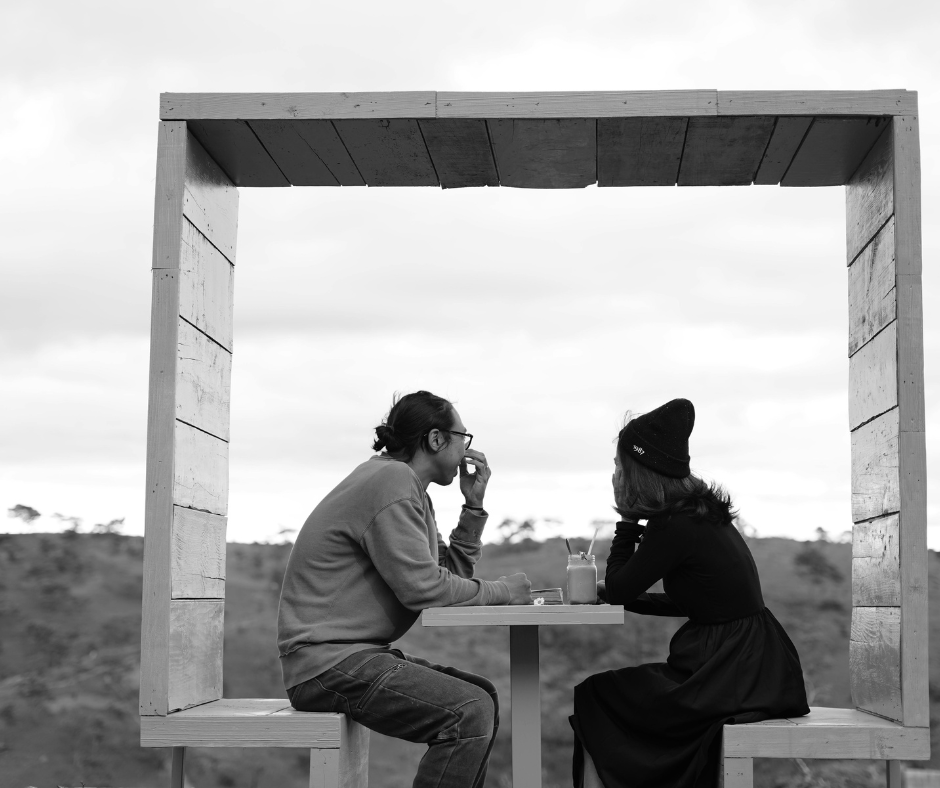Building the Therapeutic Relationship: Why Authentic Connection Matters in Therapy
Trust takes time…and the willingness to listen.
Therapy can be an invaluable experience, helping clients heal from mental illness, process trauma, improve relationships, and much more. By working with a skilled clinician, clients can gain insights into the stories of their lives, identify their strengths, and develop coping skills that improve their mental health. But clients entering therapy are likely meeting their therapists for the first time, and may feel uncomfortable sharing the intimate details of their lives with a stranger. How do therapists help clients move through this stage in order to see them as trusted confidants?
The most important first step in therapy is for the client and therapist to develop a trusting and comfortable relationship. This may take several sessions, but it is well worth it: Research shows that developing a positive client-therapist relationship is at least as powerful as the treatment approach the therapist chooses. So, how do therapists help this relationship grow, and how can clients play a role?
Be Open to Discussing Your Interests
Some clients may be surprised when their therapist asks about their interests and hobbies instead of diving into their concerns. While the first session often serves as a chance to collect basic information from clients to inform their treatment, therapists will likely also ask clients about areas of their life that bring joy. A good therapist not only wants to understand what the client hopes to gain in therapy, but also who the client is as a person–what their passions are, how they like to spend their free time, and what their hopes are for the future. Therapy helps support clients through their struggles, but it also serves as a place to authentically connect with a caring person and celebrate successes. Slow down and let your therapist learn about you–there will be plenty of time to address your concerns, and by having established this caring relationship, you will likely find these discussions much more comfortable and effective.
Share Your Goals and Collaborate on the Process
After getting to know a client, a therapist will develop a treatment plan designed to address the client’s goals for therapy. Therapists and clients collaborate together to set these goals, with the therapist drawing on their clinical experience to suggest areas of focus. For example, a therapist may suggest that a client who often feels unheard by their family focus on areas like assertive communication and self-advocacy while gathering insights into their family members’ relationships to each other. A therapist should also ask clients about any preferences for therapy–perhaps one client would appreciate short breaks throughout session to reduce anxiety with meditation, while another client may abhor meditation and would like other suggestions for practicing mindfulness. Therapy should always be shaped around a client’s preferences and goals instead of the therapist’s own biases.
Do Not Be Afraid to Give Feedback
The client-therapist relationship remains a priority throughout the therapy process. A therapist will regularly check in with clients on how they feel therapy is progressing, if they feel they are meeting their goals, and if the therapist should make any changes. Therapists are also human–if a therapist makes a mistake, they should apologize, take full responsibility, and do all that is needed to repair the relationship. Sometimes these ruptures can make the therapeutic relationship even stronger as clients experience a person truly caring enough about them to make things right.
Therapists should be interested in the client beyond their struggles, celebrate their wins, be open to collaboration, and encourage feedback. After all, it is your therapy–by developing a trusting relationship with your counselor, you may find it easier to open up about your struggles and gain the most from the experience.





This month’s blog - a continuation of November’s Curiosity as the Bridge - explores what moral injury looks like in professional settings, why neurodivergent individuals often feel it more intensely, and how to stay grounded and aligned with yourself in environments that feel divided.